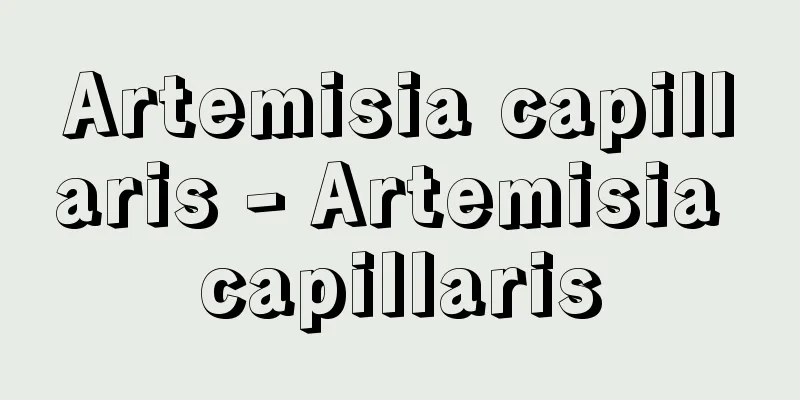Editing session - Shushoe

|
A Buddhist ceremony held for three or seven days and nights every year during the New Year to pray for peace on earth, bountiful harvests, and happiness for all people. Its origins are unclear, but it has been held at various large temples since before 759 (Tenpyo Hoji 3). In 767 (Jingo Keiun 1), Kissho Tenkeka was held at provincial temples and official temples in various provinces during the New Year, and it became popular as an early spring Buddhist ceremony. It was discontinued in 770 (Hoki 1), but was revived three years later. A Buddhist ceremony in which monks repent of their sins and pray to attain Buddhahood in return is called keka, but when Kissho Tennyo is the principal image, it is called Kissho (Ten) Keka, and when Yakushi Nyorai is the principal image, it is called Yakushi Keka. The standing statue of Kisshoten, handed down at Todaiji Hokke-do and Horyuji, is the principal image of this regurgitation. The Shussui-e ceremony at Yakushi-ji dates back to 772 and was passed down as an annual practice until the Middle Ages, while that at Toji (Kyoogokoku-ji) and Sai-ji is called Yakushi-regurgitation and is said to have been held since 827 (Tencho 4). In the mid-Heian period, it was also popular in the halls of Hojo-ji and Hosho-ji, where jushi running and miscellaneous arts were performed, greatly influencing the performing arts. [Horiike Harumo] Source: Shogakukan Encyclopedia Nipponica About Encyclopedia Nipponica Information | Legend |
|
毎年正月に3日ないし7か日夜にわたり、天下泰平(たいへい)・五穀豊穰(ほうじょう)・万民快楽(けらく)などを祈願する仏会(ぶつえ)。起源は明らかでないが、759年(天平宝字3)以前より諸大寺で行われており、767年(神護景雲1)正月に諸国国分寺、官大寺などで、吉祥天悔過(きっしょうてんけか)が行われるに至り、初春の仏会として普及した。770年(宝亀1)にいったん中止されたが、3年後に再興された。衆僧が罪障を懺悔(さんげ)し、代償に仏果を得ようと祈る仏会を悔過というが、吉祥天女を本尊とする場合は吉祥(天)悔過、薬師如来(にょらい)の場合は薬師悔過などと称している。東大寺法華堂(ほっけどう)と法隆寺に伝わる吉祥天女立像は、この悔過の本尊である。薬師寺の修正会は772年より、毎年不退の行法として中世まで伝えられ、東寺(教王護国寺)・西寺のそれは薬師悔過で、827年(天長4)より行われたという。平安中期には法成寺(ほうじょうじ)、法勝寺(ほっしょうじ)の諸堂でも盛んに行われ、呪師(じゅし)走りや雑芸が行われ、芸能に大きな影響を与えた。 [堀池春峰] 出典 小学館 日本大百科全書(ニッポニカ)日本大百科全書(ニッポニカ)について 情報 | 凡例 |
Recommend
Ryukyu Shinto Chronicles
A Buddhist travelogue from the early Edo period. F...
Xanthosoma
…Other species of Schismatoglottis spp. are edibl...
Kanjin - Kanjin
〘noun〙① (━suru) To encourage or entice. In particu...
Monomorium nipponense (Princess Ant)
An insect of the Hymenoptera family, Formicidae. W...
Haniwa - Haniwa
These are unglazed clay objects that were arrange...
Shishkin, VA (English spelling) ShishkinVA
...The city is divided into three parts, Arq, Sha...
Self-Punishment Order - Self-Clean
A law that allowed autonomy through feudal domain ...
Tsukiyotake (Lampteromyces japonicus)
Basidiomycetes, order Acarinales, family Tricholom...
Theologiae ancilla (handmaiden of theology)
In medieval scholasticism, this term refers to the...
Nobutaka Oda
Year of death: Tensho 11.5.2 (1583.6.21) Year of b...
Melt spinning
A type of spinning method for chemical fibers. The...
Cantiga - Cantiga
...As Christianity took root north of the Alps, h...
《Vorträg über Deszendenztheorie》 (English notation) VortraguberDeszendenztheorie
…Weismann's theory was what could be called m...
autumnal catarrh
…Nasal catarrh is a condition of rhinitis with se...
Rentaro Taki
Year of death: June 29, 1903 (Meiji 36) Year of bi...









